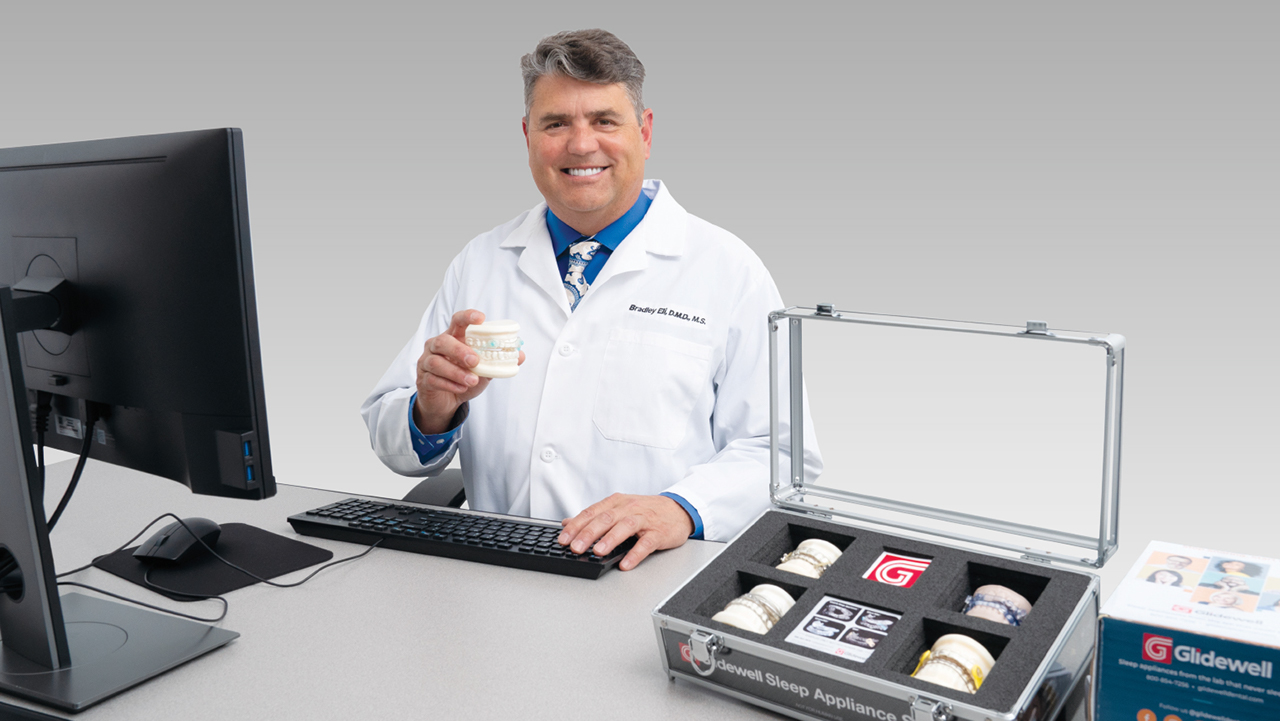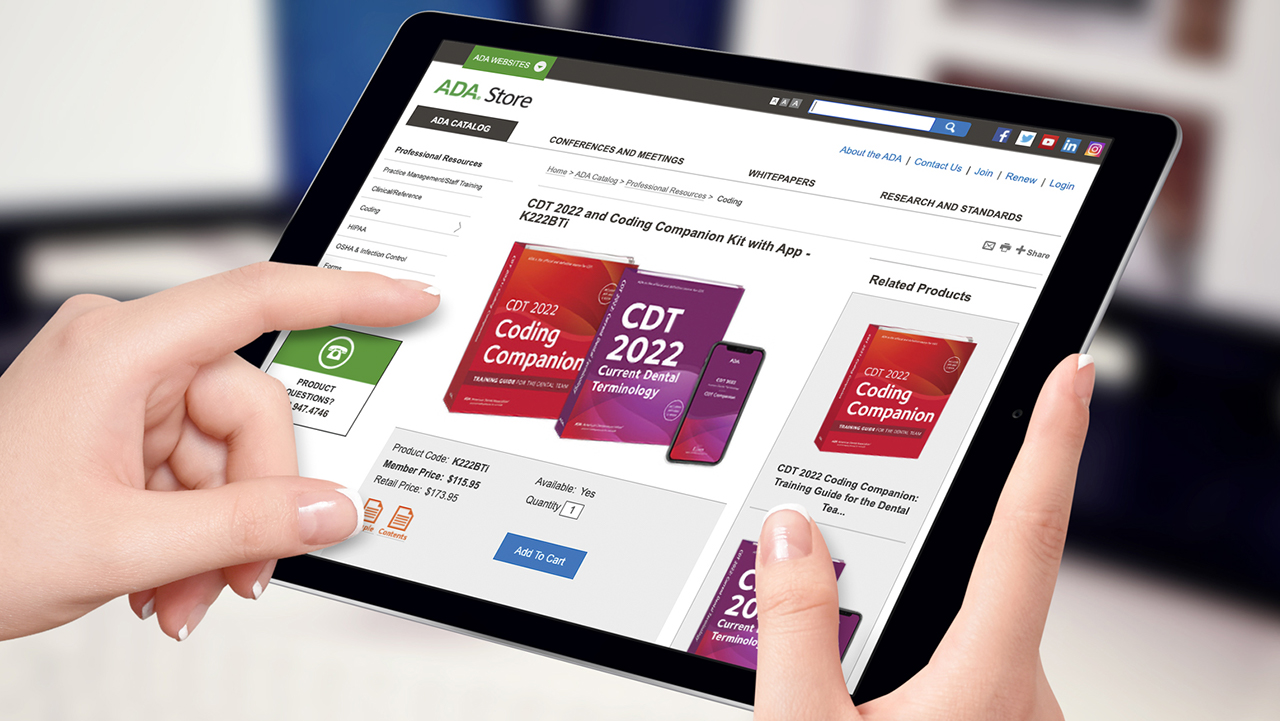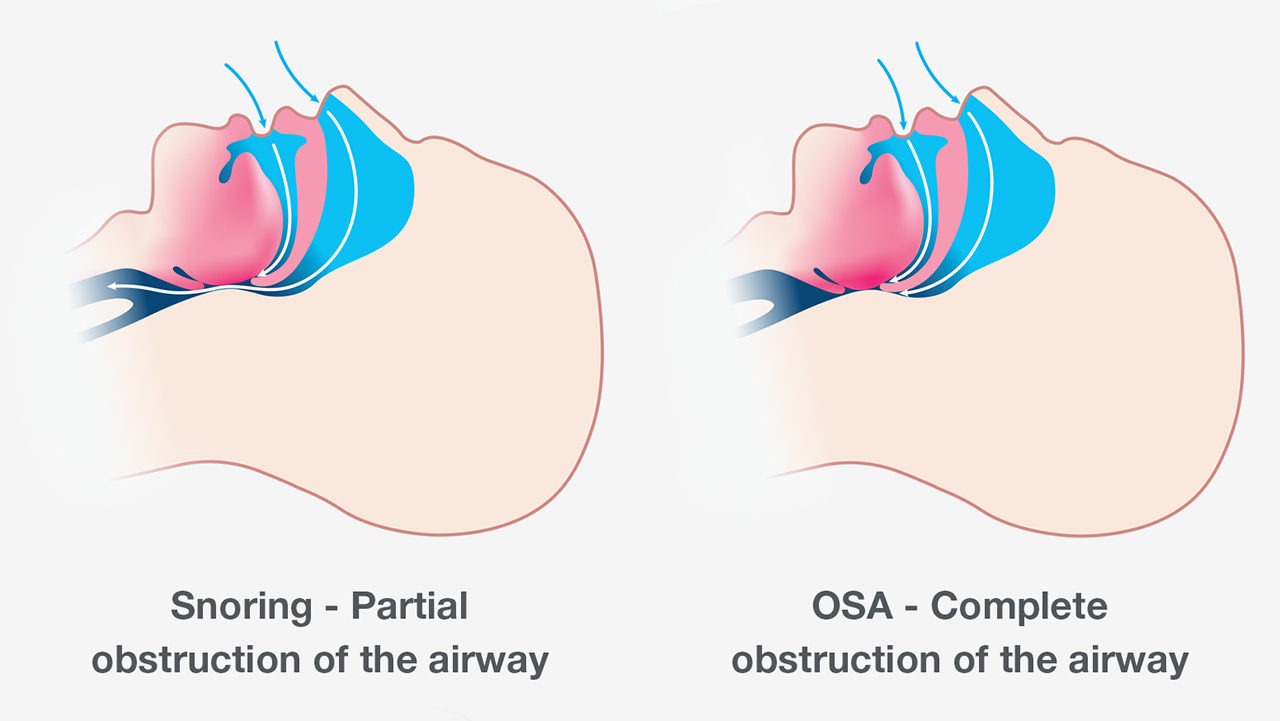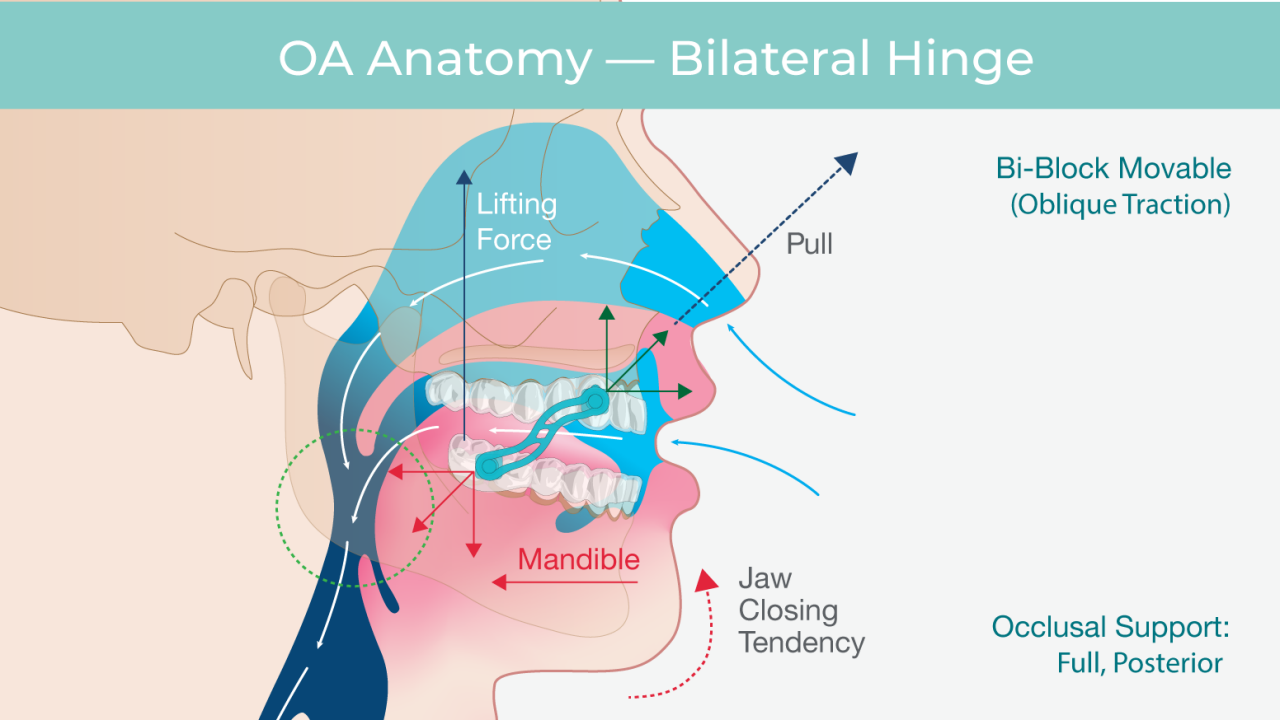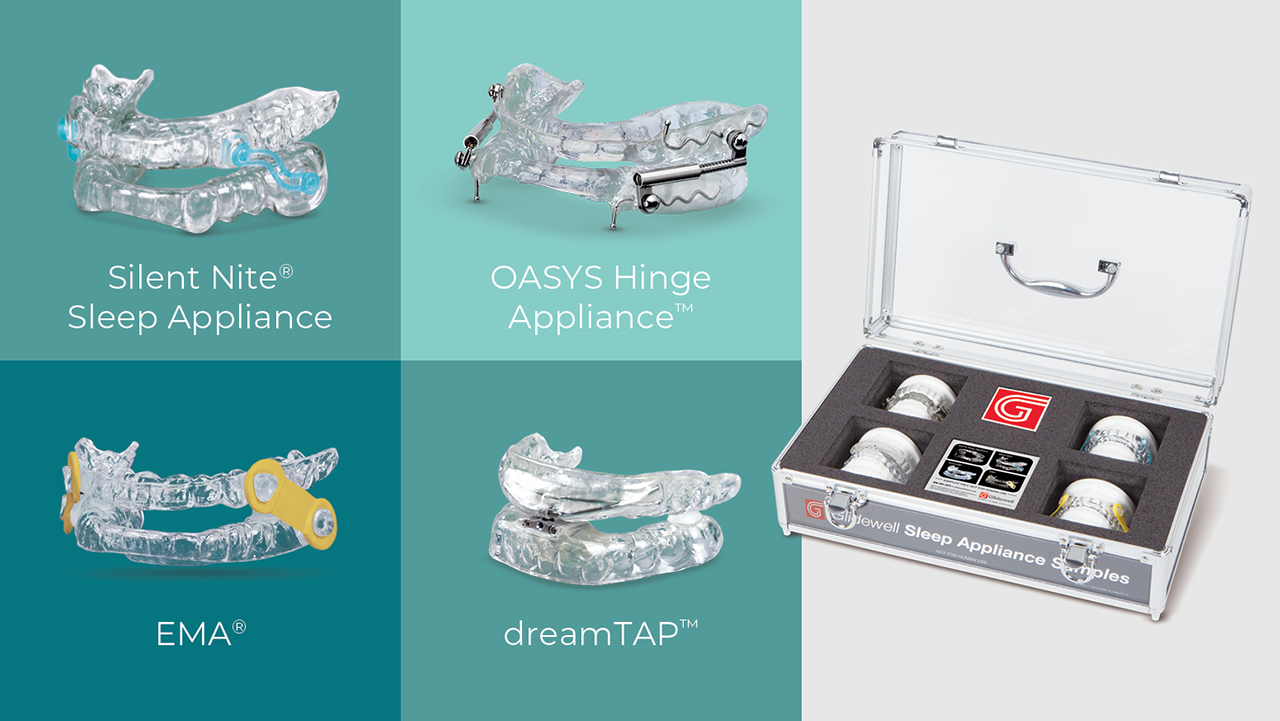Dentists have been providing sleep apnea treatment with dental appliances since the late 1980s. Glidewell has been helping these clinicians facilitate treatment since 1996, with the introduction of the Silent Nite® Sleep Appliance. Since that time, the laboratory has provided dentists with over 400,000 sleep devices from its family of patient-specific appliances, achieving excellent results.
A persistent challenge for dentists, however, has been reimbursement for sleep apnea treatment. Insurance reimbursement for the delivery of a sleep apnea appliance has required dentists to register as care providers with medical insurance companies, so that they can bill sleep apnea therapy with current procedural terminology (CPT) codes. CPT codes are a list of standardized procedure codes established and maintained by the American Medical Association (AMA).
In April 2021, the American Dental Association (ADA) approved adoption of current dental terminology (CDT) codes, and the organization has announced that as of Jan. 1, 2022, dental codes for the treatment of sleep apnea will be available for dentists to use for patients with a physician’s diagnosis. These codes fill a void in the current dental code set, and are expected to make the documentation and reporting of these treatments within dentistry much easier.
Although it remains to be seen what, if any, effect the terminology and reporting codes will have on current medical reimbursement or possible dental insurance reimbursement for these procedures, this is an important issue in sleep dentistry. As such, this article will briefly describe the new CDT codes for sleep apnea appliances. In addition, it will include a discussion of the impact of customized dental devices on patients, and provide an overview of how medical reimbursement works today.


